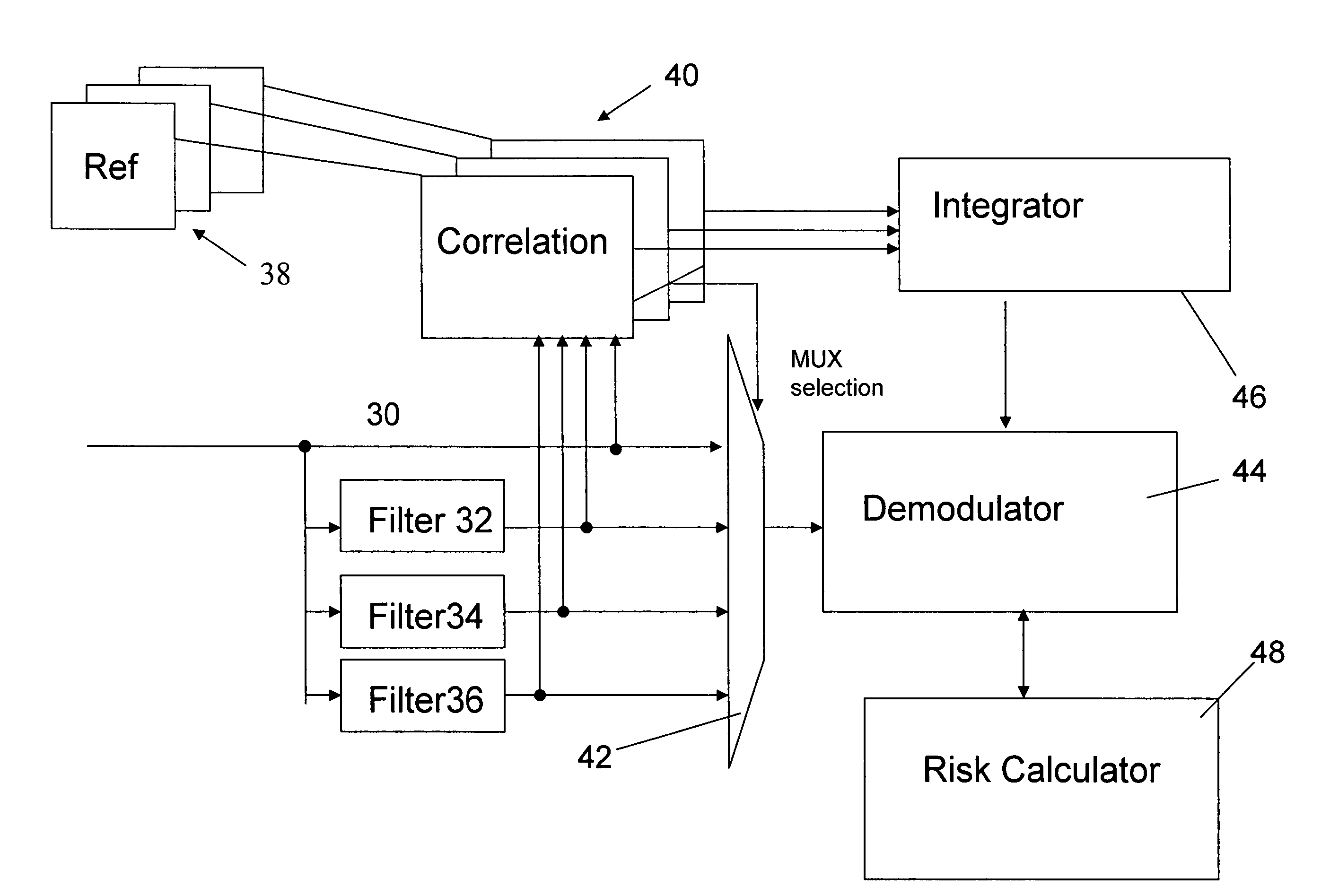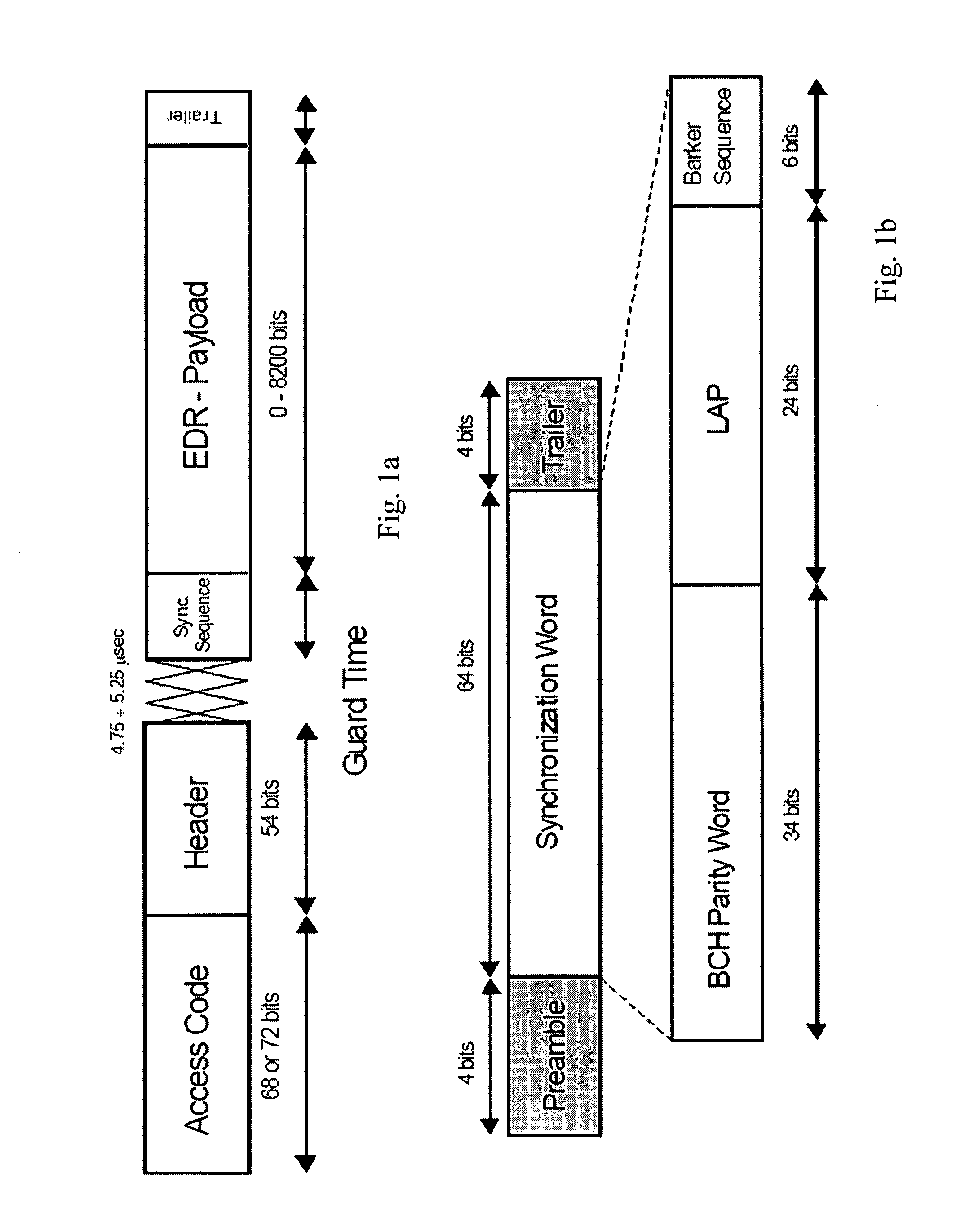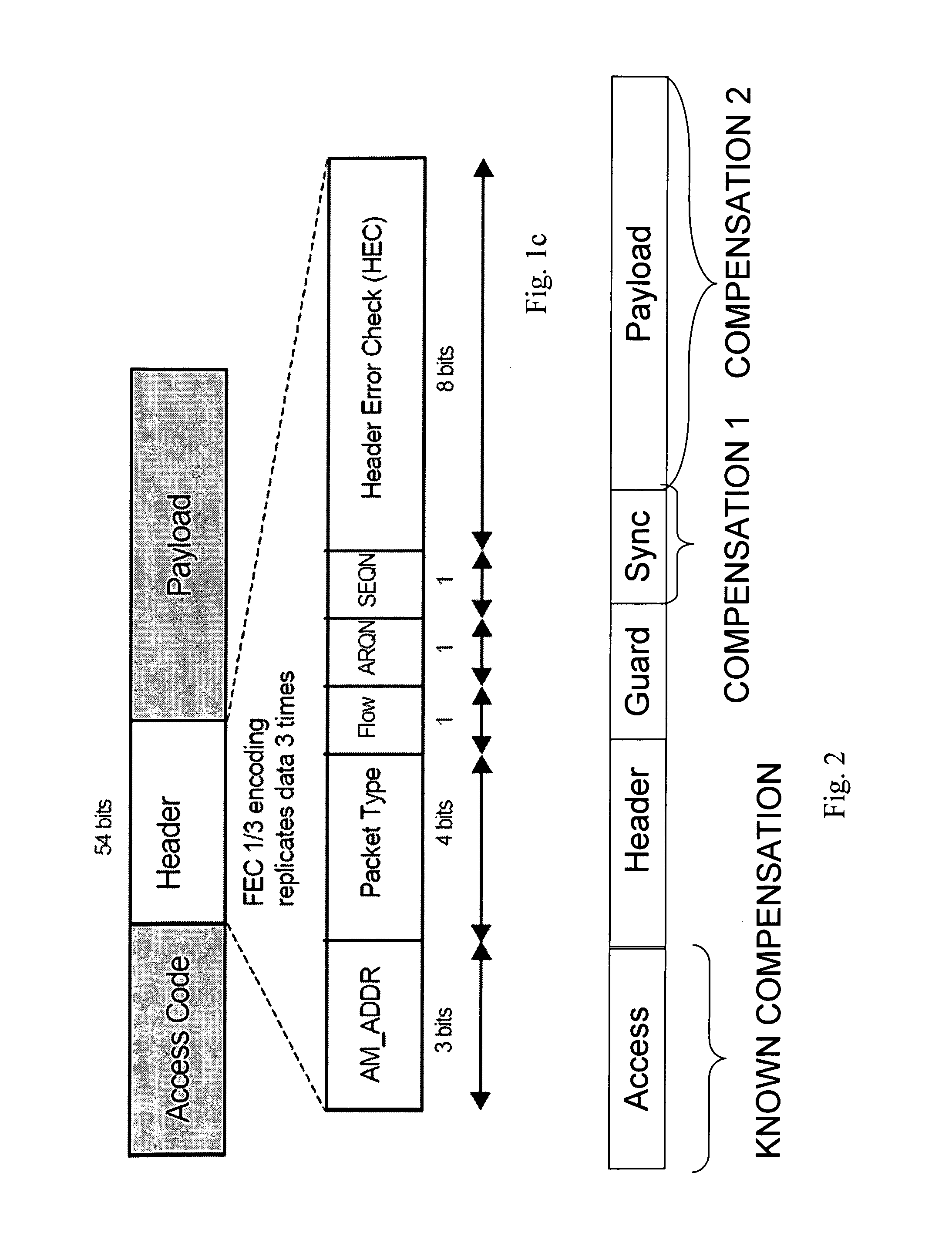Receiver with frequency offset compensation for M-state phase modulation
a phase modulation and frequency offset technology, applied in the field of telecommunication systems, can solve the problems of affecting the overall performance of the receiver, affecting the quality of the receiver, and affecting the overall performance, so as to achieve the effect of improving the granulation of samples, and fine tuning of frequency offs
- Summary
- Abstract
- Description
- Claims
- Application Information
AI Technical Summary
Benefits of technology
Problems solved by technology
Method used
Image
Examples
Embodiment Construction
[0037]The present invention will be described with reference to certain drawings and to certain embodiments but this description is by way of example only. The terms “first”, “second” etc. do not necessarily refer to a specific sequence of events in time or space unless there is specific reference to such a sequence. The present application relates to telecommunication devices especially wireless communication devices using M-ary modulation, e.g. M-state phase modulation with M equal to 2 or greater than 2, especially M-state differential phase modulation with M equal to 2 or greater than 2, i.e. the symbols are demodulated as phase differences between digitized signals rather than from absolute phase values. Specific examples will be described with reference to 8-DPSK, but the present invention can be applied to any modulation scheme using a plurality of constellation points, e.g. 2 or greater than 2, especially when differential phase modulation is used.
[0038]The present invention...
PUM
 Login to View More
Login to View More Abstract
Description
Claims
Application Information
 Login to View More
Login to View More - R&D
- Intellectual Property
- Life Sciences
- Materials
- Tech Scout
- Unparalleled Data Quality
- Higher Quality Content
- 60% Fewer Hallucinations
Browse by: Latest US Patents, China's latest patents, Technical Efficacy Thesaurus, Application Domain, Technology Topic, Popular Technical Reports.
© 2025 PatSnap. All rights reserved.Legal|Privacy policy|Modern Slavery Act Transparency Statement|Sitemap|About US| Contact US: help@patsnap.com



